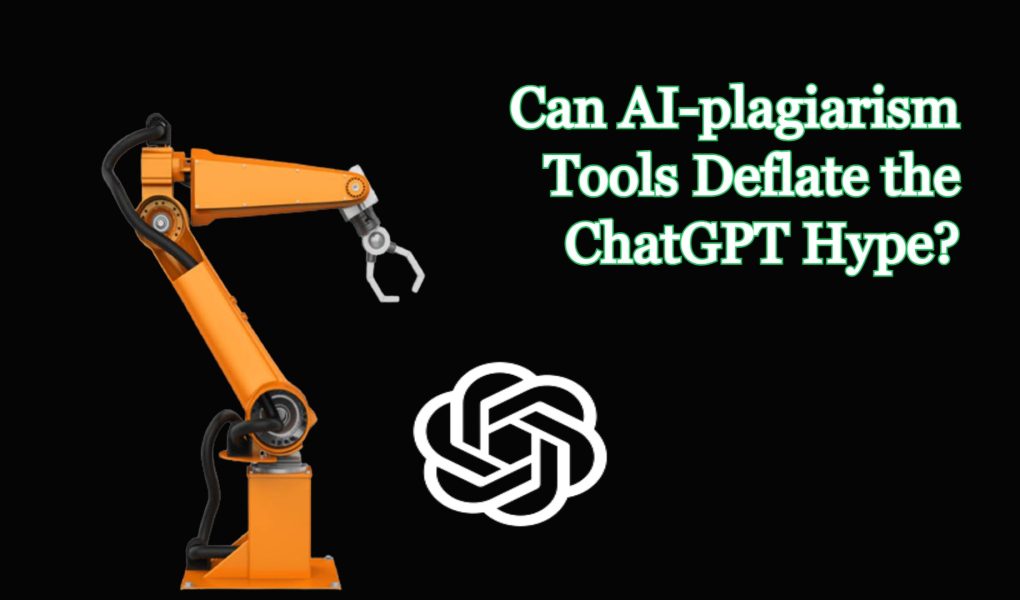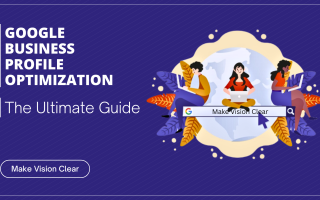Artificial Intelligence (AI) has been making waves in various industries, from finance and healthcare to education and writing. One area that has seen significant advancements in recent years is the field of AI-powered plagiarism detection tools. These tools use natural language processing (NLP) algorithms to identify and flag instances of plagiarism in written content.
But with the rise of AI-generated text, such as that produced by GPT-3 and its variants, a question has emerged: can these plagiarism detection tools keep up with the unique challenges AI-generated text poses?
In this blog, we’ll see the current state of AI plagiarism detection tools, the ways in which AI-generated text is challenging these tools, and what the future holds for both plagiarism detection and AI-generated text.
The rise of ChatGPT and the emergence of “AIgiarism”
The rise of natural language processing (NLP) technology, specifically ChatGPT, has brought about new ethical concerns and challenges in identifying and preventing plagiarism. As ChatGPT and other similar AI-based text generation tools become increasingly popular, the likelihood of “AIgiarism” or the act of plagiarizing AI-generated text, also increases. Get to Know more about ChatGPT: The AI-Powered Search Tool Taking the Web by Storm.
In response to this emerging issue, individuals and organizations from schools to academic conferences, and even instant messaging apps and forums have banned the use of ChatGPT and similar platforms.
American venture capitalist Paul Graham believes that similar rules should be put in place to combat “AIgiarism” just as they are for traditional plagiarism. The development of AI-plagiarism detection tools has already begun, with Princeton students Sreejan Kumar and Edward Tian releasing a ChatGPT plagiarism checker called GPTZero.
GPTZero, using a streamlit version, can detect quickly and efficiently whether the text is generated by ChatGPT or human written.
It remains to be seen if these measures will be sufficient to address the concerns around AI-generated text and plagiarism, but it’s clear that as technology continues to evolve, so must our approaches to identifying and preventing plagiarism.
How do AI-plagiarism detection tools work?
AI-plagiarism detection tools typically use NLP algorithms to analyze text and identify similarities between it and other sources. The algorithms can identify plagiarism by comparing the text to a database of sources, such as journal articles and websites, or by comparing the text to other documents submitted by students or other authors.
The tools work by breaking down the text into smaller chunks, called n-grams, and comparing them to n-grams from other sources.
The algorithms can then identify instances of plagiarism by flagging text that matches a certain percentage of the n-grams from a source.
The limitation of current AI-plagiarism detection tools
While AI-plagiarism detection tools have come a long way in recent years, they are not perfect. One of the most significant limitations of these tools is that they rely on a database of sources to compare the text. If a source is not in the database, the algorithm will not be able to identify plagiarism from it.
Another limitation is that these tools may flag text as plagiarized even when it is not. This can happen when the text is paraphrased, but still contains similarities to the source. This is known as “false positives” and can be frustrating for authors, educators, and publishers.
Furthermore, as AI-generated text is becoming more prevalent, these tools are struggling to identify plagiarism from it. This is because AI-generated text is not sourced from a specific human-written text, but rather generated based on certain data and algorithms. This makes it difficult for plagiarism detection tools to flag it as plagiarized since it doesn’t have a specific source.
The future of AI-plagiarism detection and AI-generated text
The future of AI-plagiarism detection and AI-generated text is still uncertain. One possibility is that AI-plagiarism detection tools will continue to evolve and improve, and will be able to keep up with the unique challenges posed by AI-generated text. As the technology and techniques of AI-generated text continue to improve, plagiarism detection tools will need to be updated accordingly.
Another possibility is that the use of AI-generated text will become increasingly prevalent, and the importance of plagiarism detection will diminish. AI-generated text can be used to save time and money in the content creation process and could make human-written text becoming less important.
Conclusion
AI-plagiarism detection tools have come a long way in recent years, but they still have limitations when it comes to identifying plagiarism from AI-generated text. As the technology and techniques of AI-generated text continue to improve, it will be important for plagiarism.
What are AI-plagiarism detection tools and how do they work?
AI-plagiarism detection tools are software programs that use natural language processing (NLP) algorithms to identify instances of plagiarism in written content. These tools break down the text into smaller chunks, called n-grams, and compare them to n-grams from other sources. The algorithms can then flag text that matches a certain percentage of the n-grams from a source as potentially plagiarized.
What are the limitations of current AI-plagiarism detection tools?
Current AI plagiarism detection tools have several limitations. One of the biggest is that they rely on a database of sources to compare the text to. If a source is not in the database, the algorithm will not be able to identify plagiarism from it. Additionally, these tools may flag text as plagiarized even when it is not, a problem known as “false positives.”
How do AI-plagiarism detection tools handle AI-generated text?
AI-plagiarism detection tools are currently struggling to identify plagiarism from AI-generated text. This is because AI-generated text is not sourced from a specific human-written text, but rather generated based on certain data and algorithms. This makes it difficult for plagiarism detection tools to flag it as plagiarized, as it doesn’t have a specific source.
What are the future of AI-plagiarism detection and AI-generated text?
The future of AI-plagiarism detection and AI-generated text is uncertain. It’s possible that AI-plagiarism detection tools will continue to evolve and improve, and will be able to keep up with the unique challenges posed by AI-generated text. Alternatively, as the use of AI-generated text becomes more prevalent, the importance of plagiarism detection may diminish.
Are there any alternative solutions for detecting plagiarism in AI-generated text?
Currently, there are no widely accepted alternative solutions for detecting plagiarism in AI-generated text. One possible solution is to identify the data sources used to generate the text, so the generated text can be compared with the original sources to detect any similarities. However, this is not a widely adopted solution yet. Another solution is to rely on human experts to evaluate the text and determine if it is plagiarized or not.



